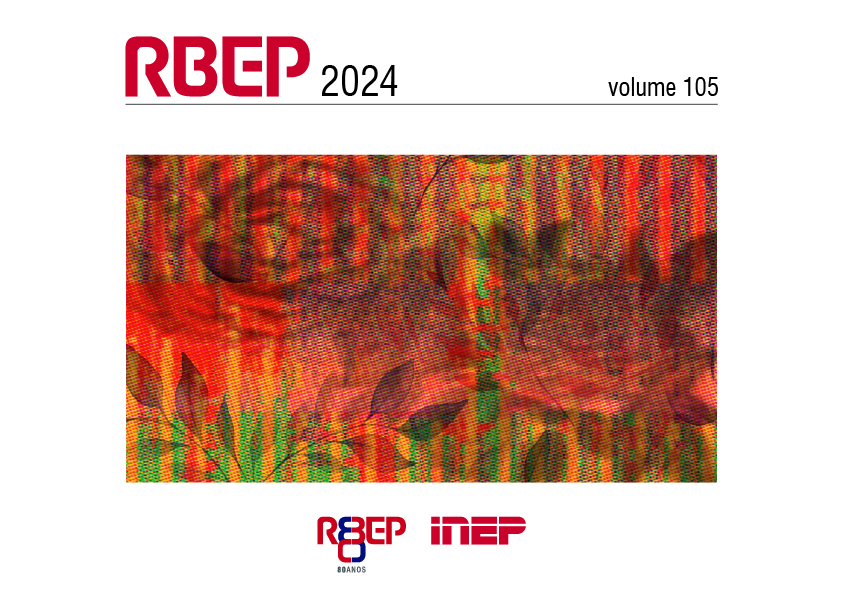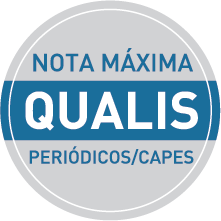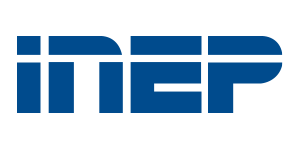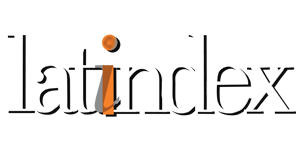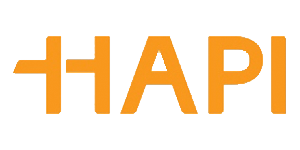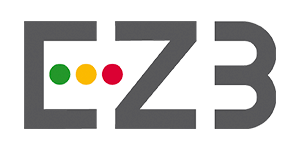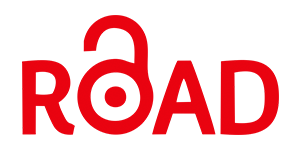Specific learning disorders in mathematics and visual impairment: a study with special education teachers
Abstract
This study aims to investigate, alongside teachers working on the field of visual impairment (VI), their understanding of specific learning disorders (SLD) and their manifestation in visually impaired students. The research has an applied nature and a qualitative approach, employing action research as a strategy and being carried out in a municipality in the countryside of the state of Paraná. In the first stage of the study, the preliminary research, five teachers, who had already taught visually impaired students, participated. They answered a questionnaire on SLD in mathematics and on how it manifested in students with this disability. The results obtained at this stage highlighted, among other aspects, the need to promote training on SLD for teachers who work in this area, which was executed in the action plan development stage. Seven teachers who taught in special education, in the area of visual impairment, and in the same municipality participated in this stage. The knowledge and understanding of SLD in mathematics by teachers working in the area of visual impairment ultimately aid them, in their pedagogical activities, to: mitigate the effects of this disorder on visually impaired students; guide regular education teachers on the teaching and learning processes for these students, so that they can learn and develop, without causing harm in other areas, due to issues related to mental health, embarrassments, among others.
Downloads
Copyright (c) 2024 Brazilian Journal of Pedagogical Studies

This work is licensed under a Creative Commons Attribution 4.0 International License.
Once their work is accepted for publication, author’s copyrights are automatically relinquished to the National Institute for Educational Studies and Research Anísio Teixeira (Inep).
Since 2016, the journal Revista Brasileira de Estudos Pedagógicos (RBEP) uses the licence CC-BY.
Partial or total reproduction of the content of this Journal is permitted provided that the original publication is properly referenced, as well as a link to license CC BY 4.0 and to indicate any possible alterations made to the article.

